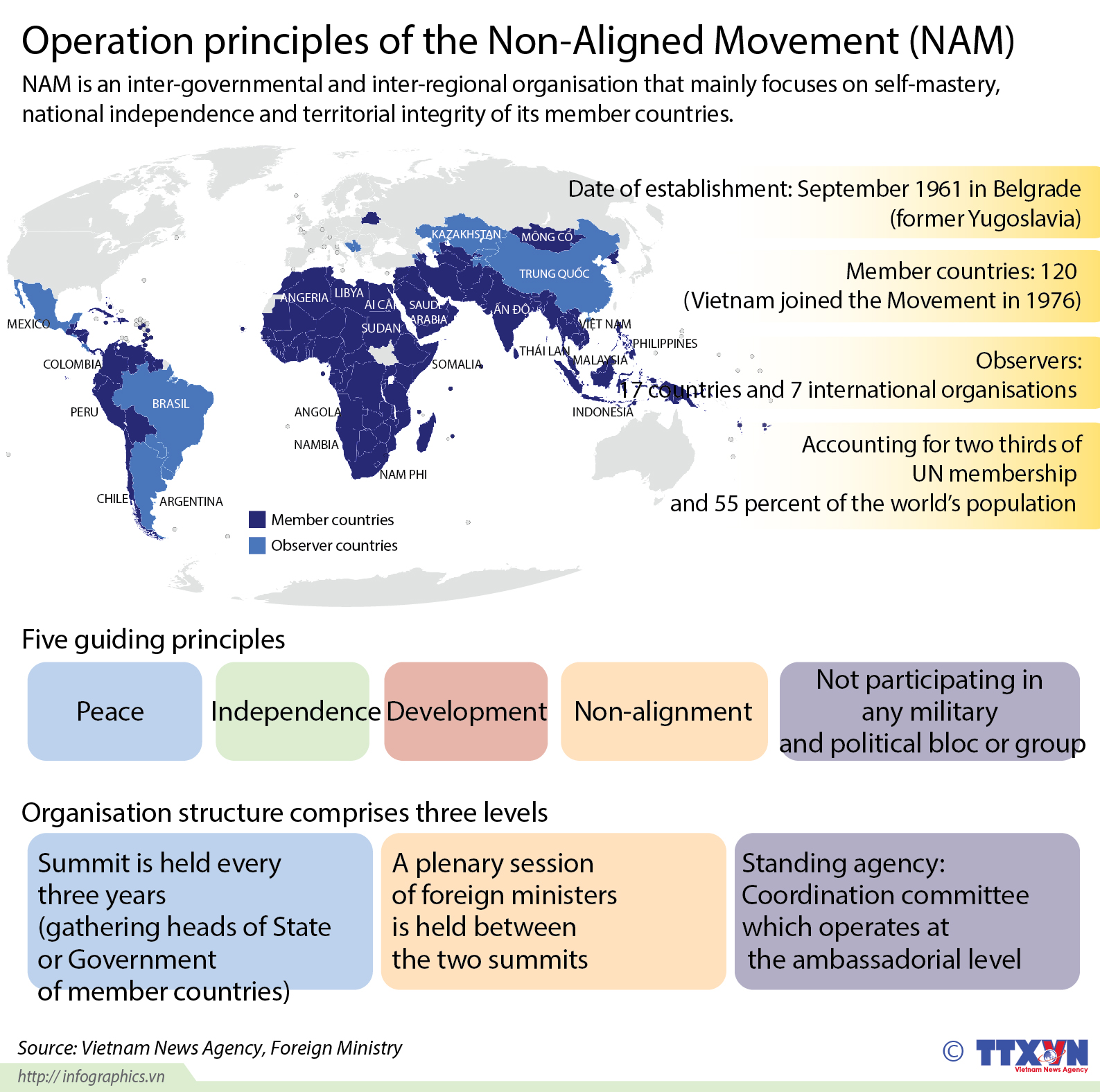7667766266
enquiry@shankarias.in
Why in news?
The birth anniversary of Jawaharlal Nehru this month and the 60th anniversary of the Non-Aligned Movement prompt reflection on Nehru’s major contribution to the field of international relations.
The concept of not aligning a country’s policy with others can be traced to the Congress of Vienna (1814-15) when the neutrality of Switzerland was recognised.

References